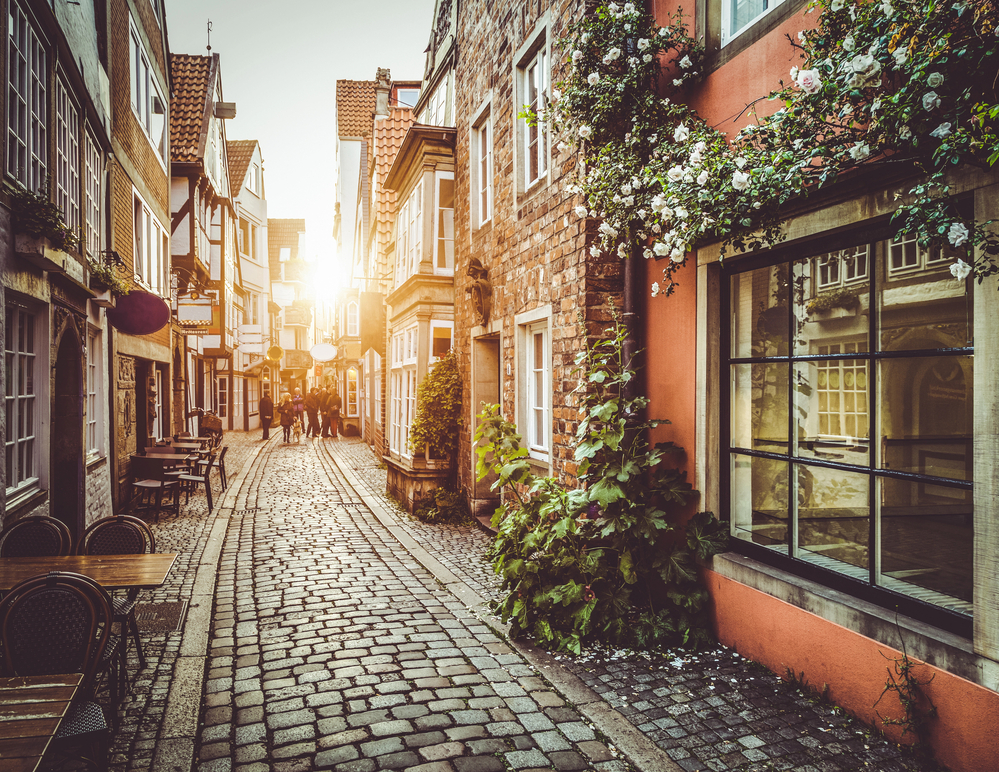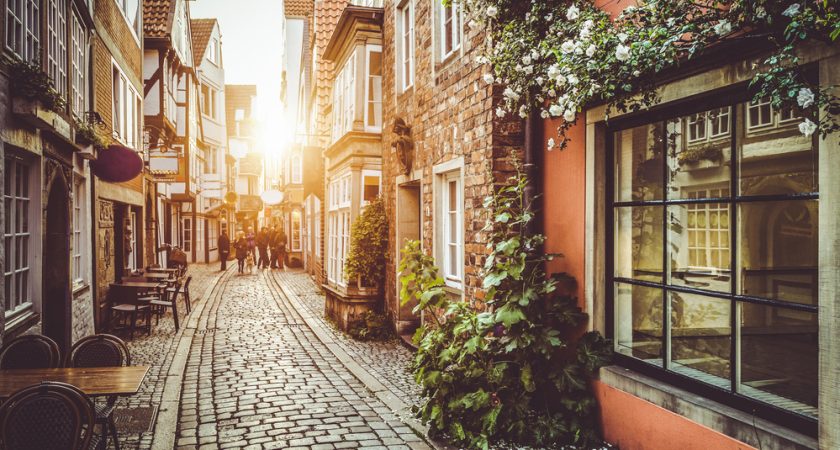Owning a building over 100 years old is like possessing a piece of history. These structures often exude charm and character that newer buildings can’t match. However, they also require a special kind of stewardship to maintain their structural integrity and historical value. Here is a concise guide to owning and caring for an old building over a century old.

Understanding Your Building
The first step in owning an old building is understanding its history and architecture. Research the period in which it was built to appreciate its architectural style and historical context. This knowledge can guide restoration and maintenance efforts, ensuring that updates are sympathetic to the original design. Local archives, historical societies, or the previous owners may provide valuable insights.
Regular Inspections and Maintenance
Old buildings in Edinburgh need regular inspection to catch issues before they become severe. Look for signs of wear and tear in the roof, foundation, and structural beams. Check for dampness, which can lead to mould and rot, particularly in less visible areas like basements and attics. It’s wise to establish a routine where you conduct a thorough check of the building at least once a year.
Working with the Right Professionals
Due to the specialized nature of old buildings, it’s important to work with architects, builders, and craftsmen experienced in historic structures. They understand the materials and techniques that will be both sympathetic to the original structure and durable for the future. For instance, using lime mortar rather than cement in older brick buildings can allow the walls to breathe and reduce dampness issues.
Upgrading with Sensitivity
While maintaining the original charm of the building, modern needs often require some level of upgrading. This could involve installing modern heating systems, updating the plumbing and electrical wiring, or adding insulation. When making such upgrades, it’s crucial to balance modern comfort with preservation principles. Conceal new installations where possible and choose materials that harmonize with the original ones in visibility and style.
Legal and Insurance Considerations
Owning a historic building can come with additional legal responsibilities, especially if the building is listed or in a conservation area. Familiarize yourself with local regulations regarding historic properties, including any restrictions on alterations or requirements for special maintenance. Insurance for older buildings can also be more complex and costly, as insurers consider the increased risks and potential high cost of repairs. Make sure to find an insurance policy that covers the specific needs of historic properties.
Community and Financial Support
In many cases, grants and financial support may be available to help with the restoration and maintenance of historic buildings. This support often comes from government bodies, heritage organizations, or local trusts aimed at preserving cultural heritage. Engaging with local historical societies can also provide support and resources that are invaluable in maintaining and restoring your property.
Living with History
Finally, owning an old building over 100 years old is about embracing history. Every mark and imperfection tells a story, and preserving these features while making the building livable in the modern age can be a rewarding challenge. With careful management and respect for its history, your old building can continue to be a functional, cherished home or workspace for many years to come.
